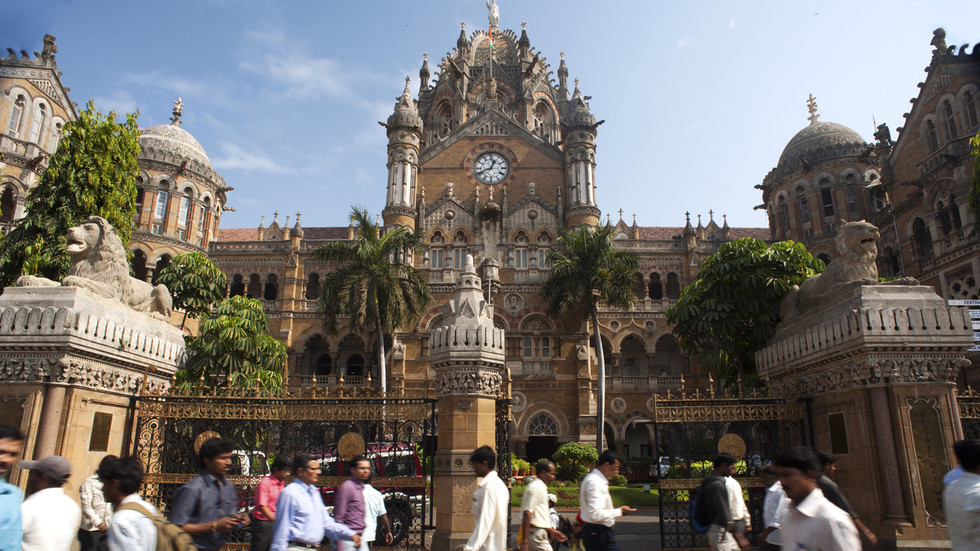Unearthing the Past: How Colonialism Shaped Wealth Distribution in India
The history of India is a tapestry woven with diverse threads—cultures, religions, and economic systems. Yet, one of the most significant influences on the country’s wealth distribution has been British colonialism. A recent report sheds light on the stark reality that during British rule, a mere 10% of India’s population controlled nearly half of the nation’s wealth. This statistic not only highlights the extreme economic disparities of the time but also prompts an examination of the long-term impacts of colonialism on contemporary economic inequality in India.
The Colonial Economic Framework
Understanding how colonialism shaped wealth distribution in India requires delving into the economic framework established by the British. The British colonial regime was characterized by exploitative policies that favored British economic interests while systematically undermining local economies. The introduction of land revenue systems, such as the Zamindari system, extracted wealth from peasants, funneling it into the hands of landlords and colonial officials.
- Land Revenue Systems: The British imposed heavy taxes on agricultural produce, which led to widespread poverty and indebtedness among farmers.
- Deindustrialization: Traditional industries, particularly textiles, faced severe disruption due to British imports, leading to the decline of local craftsmanship and economic independence.
- Monopolistic Practices: British companies, especially the East India Company, monopolized trade and resources, ensuring that profits flowed back to Britain.
These economic policies entrenched a system where wealth was concentrated among a small elite, leaving the majority impoverished and disenfranchised. This early economic inequality laid the groundwork for the modern wealth distribution patterns observed in India today.
Wealth Concentration During British Rule
The report indicating that the richest 10% of the population controlled nearly half of India’s wealth during the colonial period reveals the extent of inequality that existed. This concentration of wealth was not merely a byproduct of economic practices but was also supported by political structures that marginalized the majority of the population.
One significant factor was the **social hierarchy** that the British reinforced. By favoring certain communities and groups, the British created divisions that complicated the fight for economic equality. The privileges granted to certain castes and communities deepened existing societal divides and created a legacy of inequality that persists today.
The Impact on Post-Colonial Wealth Distribution
As India gained independence in 1947, the effects of colonial wealth distribution patterns became evident. The newly established government faced the enormous task of addressing the economic disparities that had been entrenched during colonial rule. Although policies aimed at land reform and wealth redistribution were implemented, the effects were uneven and often hampered by bureaucratic inefficiencies and corruption.
- Land Reforms: While some land reform policies aimed to redistribute land to the landless, the implementation was often flawed, benefiting local elites more than the intended beneficiaries.
- Economic Liberalization: The economic liberalization of the 1990s further exacerbated inequalities as market forces favored those with existing wealth and resources, leaving marginalized communities behind.
Today, the wealth distribution in India continues to reflect the patterns established during the colonial period. The richest 10% still hold a disproportionate share of wealth, indicating that the legacy of colonialism is deeply embedded in the economic fabric of the nation.
Modern Economic Inequality: A Colonial Legacy
The ongoing economic inequality in India can be traced back to the colonial policies that prioritized the interests of a select few. The wealth polarization created during this time has evolved, but the structures that facilitate such disparities remain intact. According to various studies, including reports from the World Inequality Database, the top 10% of India’s population still controls a significant portion of the country’s wealth—around 77% as of recent estimates.
Several factors contribute to this persistent inequality:
- Access to Education: Quality education is often a privilege of the wealthy, perpetuating cycles of poverty and limiting opportunities for upward mobility among lower-income populations.
- Health Disparities: Access to healthcare is unevenly distributed, with wealthier individuals able to afford better medical care, further entrenching economic disparities.
- Job Opportunities: The high-skill segments of the economy are dominated by those with educational and social capital, leaving low-skilled workers in precarious employment situations.
Revisiting Colonial Policies for Future Solutions
To address the enduring impacts of colonial wealth distribution, it is essential to revisit and reform policies that can promote equitable growth. Some potential strategies include:
- Strengthening Land Rights: Empowering marginalized communities with secure land rights can facilitate economic independence and self-sufficiency.
- Enhancing Education Access: Targeted investments in education, particularly for disadvantaged groups, can help bridge the wealth gap.
- Inclusive Economic Policies: Crafting economic policies that prioritize the needs of the lower and middle classes can stimulate growth and reduce inequality.
By learning from the past and implementing thoughtful reforms, India can work towards a more equitable future. It is crucial for policymakers to recognize the historical context of wealth distribution and actively seek to dismantle the structures that perpetuate inequality.
Conclusion
Unearthing the past reveals how colonialism has profoundly shaped wealth distribution in India. The concentration of wealth among a small elite during British rule established patterns of inequality that resonate in contemporary society. Acknowledging and addressing these historical injustices is vital for creating a more equitable economic landscape in India. Through targeted reforms and inclusive policies, there’s hope for a future where wealth is distributed more justly, allowing all citizens to thrive.
See more CCTV News Daily



